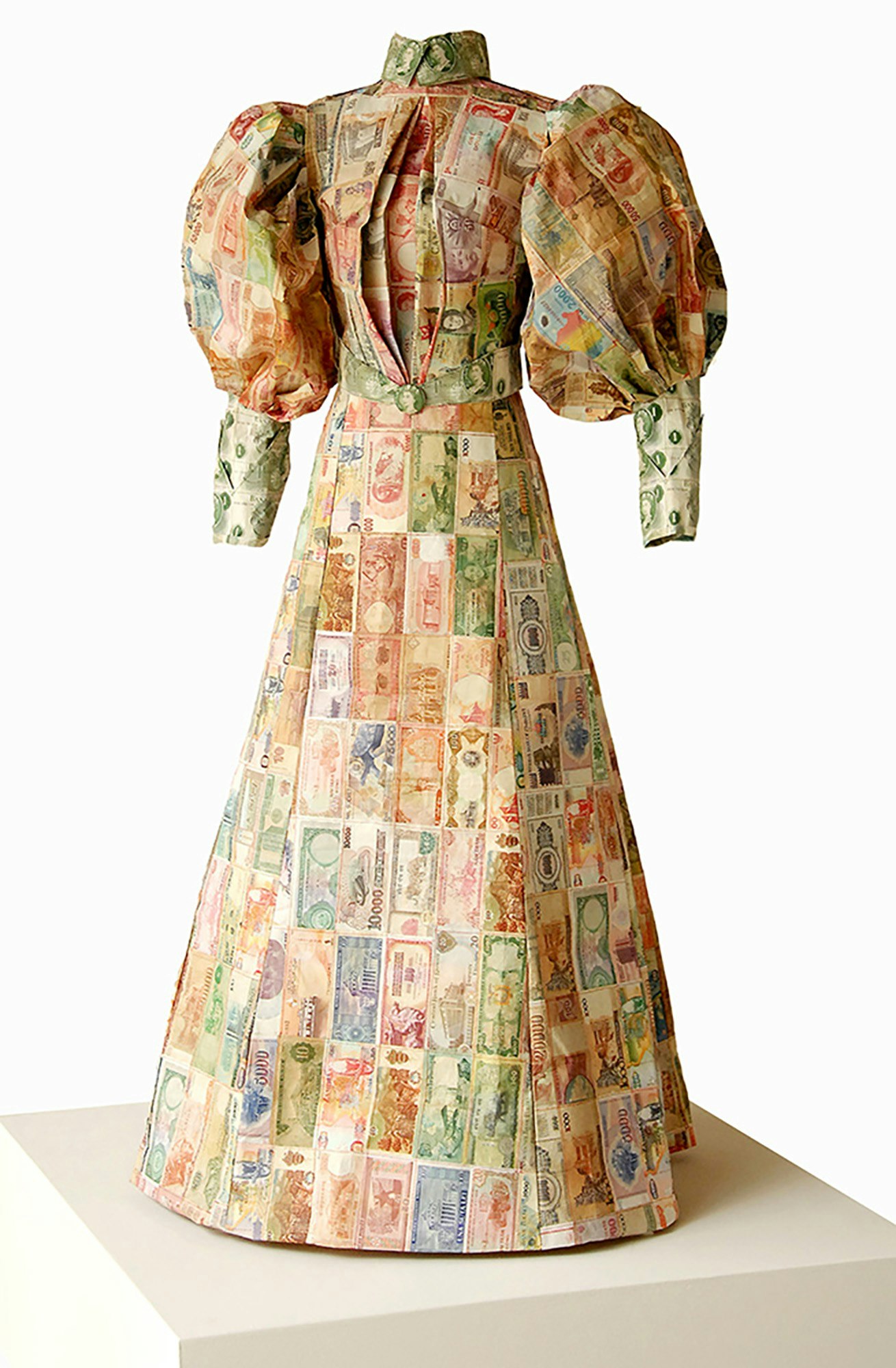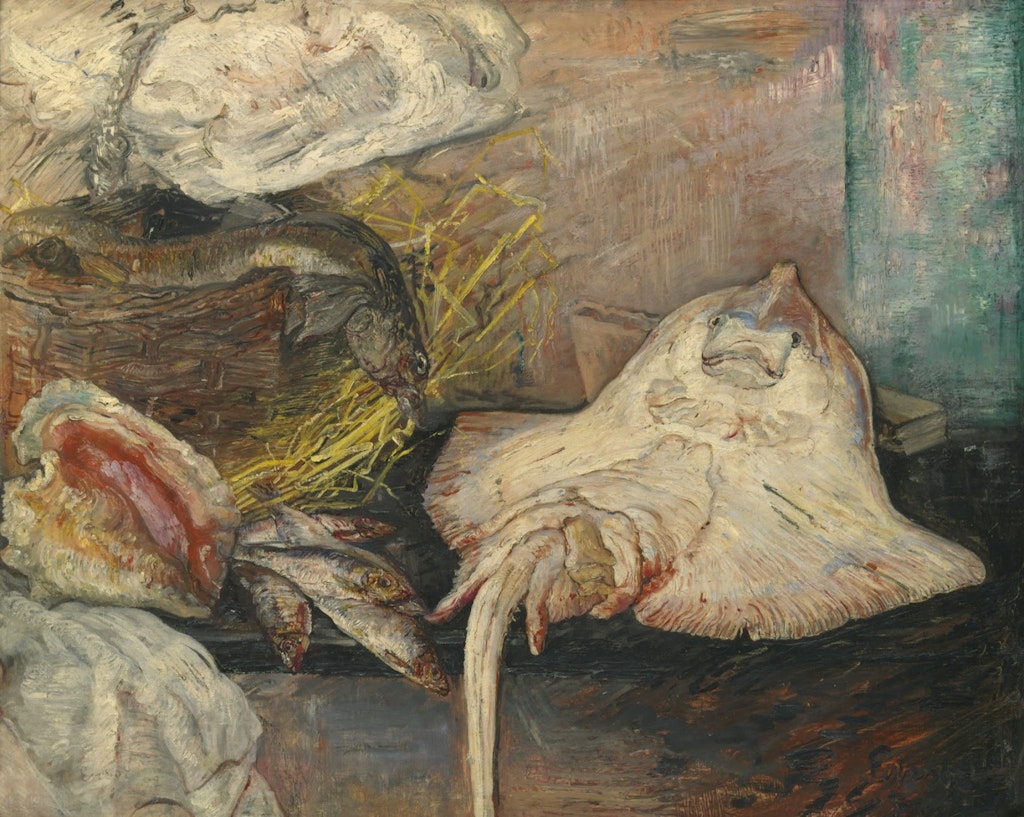This article is taken from the October 2024 issue of The Critic. To get the full magazine why not subscribe? Right now we’re offering five issues for just £10.
The art market has come to value artists who have had to endure personal hardship and suffering, as if that were a key element of their creative process. Thus we have lionised the hero artist standing against the world, especially 20th century figures such as Egon Schiele, Käthe Kollwitz and Jean-Michel Basquiat.
Giorgio Vasari, in his 16th century The Lives of the Artists, gave us a near-divine image of them working alone and inspired by innate genius. Money and commerce were hardly considered alongside their brilliance and innovation.
Stretching from the 16th century through to the 19th century, the same hero figure is found in Vincent van Gogh, who may have formally sold only one painting in his lifetime and died by his own hand.
Yet most artists are deeply commercial and understand the important relationship between creativity and commerce. The fashion industry is possibly the most perfect example of this artistic/commercial bond.
I give you on the one hand the brilliance and simplicity of Coco Chanel, the style of Hubert de Givenchy, the panache of Karl Lagerfeld and the eternal elegance of Yves Saint Laurent; and on the other the artistic currency of Yayoi Kusama working today with Louis Vuitton, the uncompromising hardness of Helmut Newton’s photography and the fashionable sitters in portraits by John Singer Sargent, many clothed by the House of Worth.
The tension at the heart of the creative industries has always been between commerce and artistic vision. This tension was revealed to me most clearly when I studied British art as an undergraduate and read David Solkin’s seminal (and at the time controversial) book Painting for Money.
His Marxist approach to art history treated artistic creativity in England in the later 18th century as driven by commercial imperatives rather than by the study of literary and classical sources, regardless of how much they were revered.

The Ashmolean Museum in Oxford is currently mounting (until 5 January 2025) an intriguing exhibition examining art and money — specifically art on money, but also the uses of money in art. It looks at the iconographic and typographic treatment of specie, reflecting amongst other things the stylistic conventions of the day and the chosen artist’s manner, and also considers how certain artists have used paper money to communicate their insights.
Part of the show looks at the projection of authority used on coinage and paper notes, in the depiction of the monarch on banknotes issued by Britain, her former colonies and realms, as well as other European colonial powers. Particularly fascinating is the visual incorporation of indigenous people of former French colonies into French culture, such as a 500-franc note depicting a woman in traditional West African garb holding the French tricolour.
Subversion is never far away, and Banksy’s Lady Di-faced tenner (2004) cleverly undermines orthodox notions of authority, security and perhaps also projects the role of a superstar queen that never was.
At its heart the show interrogates the arbitrary relationship between pieces of metal and paper which, during the era of the gold standard, represented a physical amount of exchange value, but in today’s global economy has become indirectly linked to a physical element of value.
This relationship between perceived and actual value is illustrated by artists such as Joseph Beuys (Banksy’s brilliant if rather humourless German forerunner) who inscribed a German banknote “Kunst = KAPITAL” and signed it. The note was then returned to circulation. Such directness foretold the current development of digital artworks which are traded as non-fungible tokens (NFTs). They bring together the art form and the transferable token of perceived value into a single tradable entity.
Art which is stored virtually, rather than in a tiresome physical warehouse or even, God forbid, a private home, yet is an actual store of perceived value might just be the perfect form of currency.
Is this, in fact, the culmination of conceptual art, where the cleverness of the art form tramples orthodox conventions of consumption or display?
On the other hand, as the writer, editor and curator Alex Estorick has pointed out, NFTs separate artistic form from commodification and, he notes, have a precedent in religious art of the post-classical era — such as the worship of religious icons in the Eastern Orthodox church where works are invested with a perceived (in this case, sacred) value. Perhaps art simply tells us that all value is imaginary?
Enjoying The Critic online? It's even better in print
Try five issues of Britain’s most civilised magazine for £10
Subscribe



